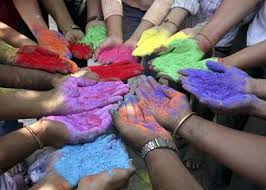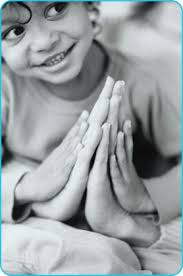Ritual can be fun! Ritual can be as simple as family dinner or a welcome kiss at the end of the day. Ritual implies intention and repetition.
Studies have shown that families who share in simple rituals and traditions create greater sense of stability. Through ritual we connect to deeper meaning of ordinary life events and experience. A simple blessing gives voice to the intention of gathering.
Elements and Function of Ritual
“[R]ites of passage serve to order chaotic social changes that could threaten to disturb society…Rituals are the means for changing and reconstituting groups in an orderly and sanctioned manner that maintains the integrity of the system.”
-Catherine Bell (Ritual: Perspectives and Dimensions, Oxford University Press, 1997, p. 37.)
Ritual has come to be recognized not simply as a reflection of the existing structure of social relationships but as a “major means of working and reworking those social relationships.” Bell, p. 39.
The creation of ritual involves developing structure, a framework, for the participants to step into, and then allowing magic to enter in. Family rituals may include birthday and anniversary celebrations, attending to landmarks in the lives of each family member. For example, a daughter’s 16th birthday may mark her entry into womanhood and be celebrated with a gathering of women friends and relatives for a tea to welcome her. Or the graduation of the youngest child from high school might be occasion for an empty nest party to celebrate the family’s movement into a new phase.
Rituals address many life crises, critical moments when individuals move from one status to another. “[L]ife crisis rites display a three-stage sequence: separation, transition, and incorporation. Through this sequence of activities, rituals effect the person’s removal from one social grouping, dramatize the change by holding the person in a suspended “betwixt and between” state for a period of time, and then reincorporate him or her into a new identity and status within another social grouping.” Bell, p. 36.
Victor Turner extended the analysis of structural conflict in social life and “argued that many forms of ritual serve as ‘social dramas’ through which the stresses and tensions built into the social structure could be expressed and worked out.” Bell, p.39.
Sherry Cassedy has created rituals for various family transitions from birthdays to burials, from wedding anniversaries to divorce rituals, for blessings of homes, offices, sacred space, for healing, and for celebration. She believes in the power of intention and the right of each person to create meaning in daily life events. She enjoys working with couples and families to construct simple meaningful ceremonies from the content of their lives.


